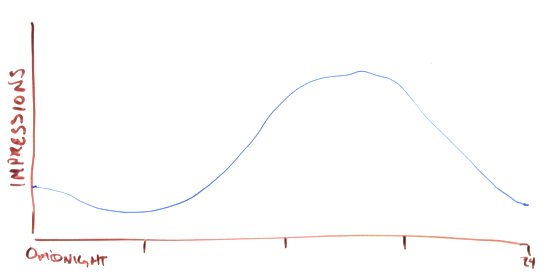This article was originally published in Venture Beat on November 29th, 2016. I have written previously about the conundrum of header bidding. While my thoughts back then are still valid, the technology has progressed and the market is following. Following this, I’ve posted the good, bad and ugly of header bidding.

Everyone is talking about the promise of header bidding, but what does it really mean to the future of publishing and mobile monetization? Header bidding is leveling the playing field by allowing sellers to make more intelligent inventory allocation decisions between traditional and programmatic demand. For advertisers, it allows for better campaign delivery and optimization by providing more access to audiences at scale.
By implementing header bidding, publishers and app developers are able to expose every single impression to a programmatic marketplace. Many sellers are already reporting 40-50-percent increases in CPMs, and buyers have a new ability to bring their data to bear across multiple inventory sources.
Next: The evolution, yield opportunities and scale


 The answer is: sometimes. Exchanges sometimes express floor or bid guidance in the bid request. This is not required for the market to operate; so many exchanges do not provide any guidance. Floors are almost always in play. In most cases they are dependent on a wide variety of variables including: the site, browser, device, day of week, time of day, audience data, user’s language, and geographic location of the user.
The answer is: sometimes. Exchanges sometimes express floor or bid guidance in the bid request. This is not required for the market to operate; so many exchanges do not provide any guidance. Floors are almost always in play. In most cases they are dependent on a wide variety of variables including: the site, browser, device, day of week, time of day, audience data, user’s language, and geographic location of the user. “In online advertising, how can I predict/forecast the traffic (number of requests) for a day ?
“In online advertising, how can I predict/forecast the traffic (number of requests) for a day ?


